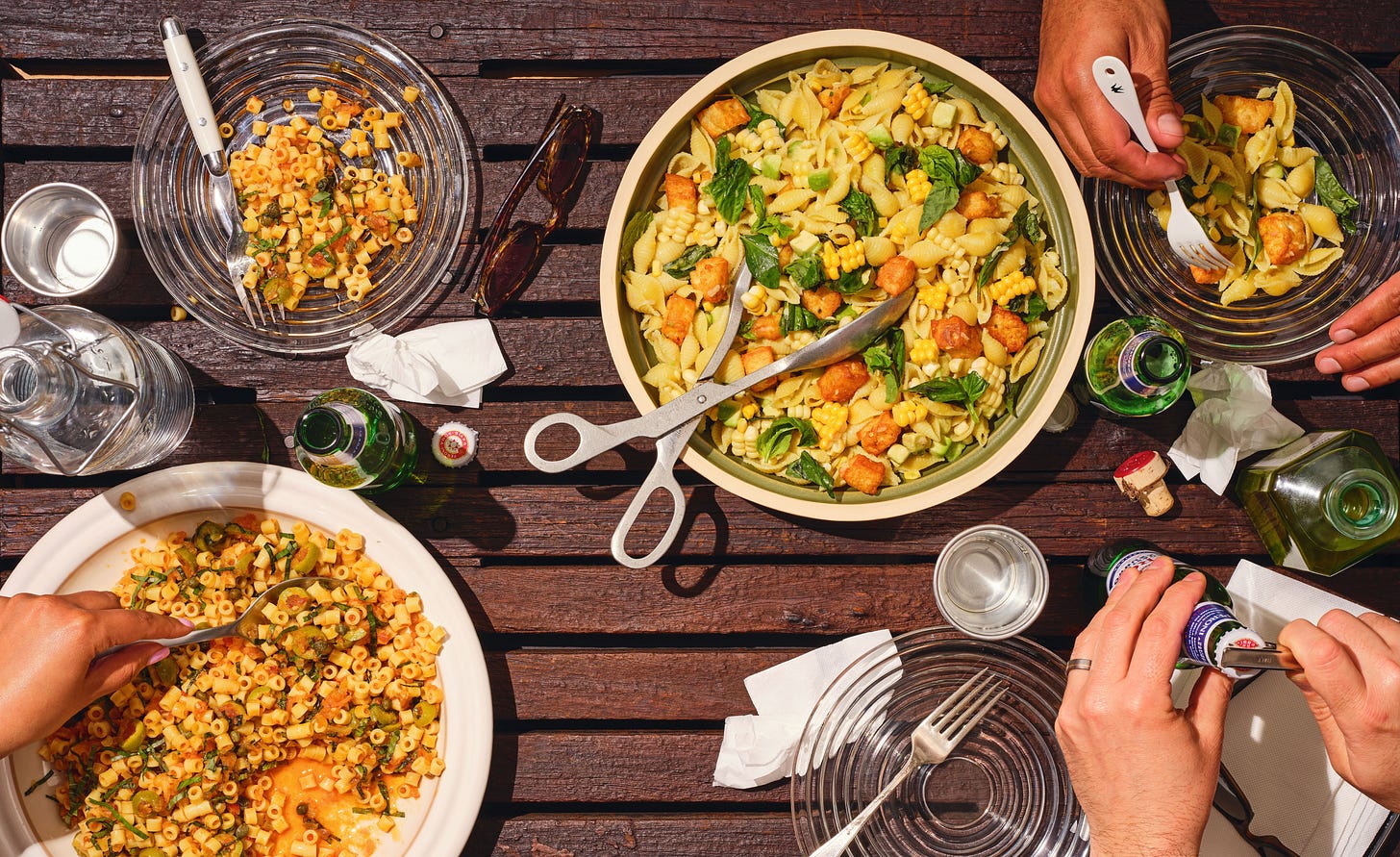A Splendid and Rebellious Pasta Salad
From an inventive new cookbook by The Sporkful's Dan Pashman. Plus, a simple yet glorious tomato dish you'll make over and over and over and over. And over.

WHEN WE DEDICATED OUR REMA…
Keep reading with a 7-day free trial
Subscribe to The Department of Salad: Official Bulletin to keep reading this post and get 7 days of free access to the full post archives.



